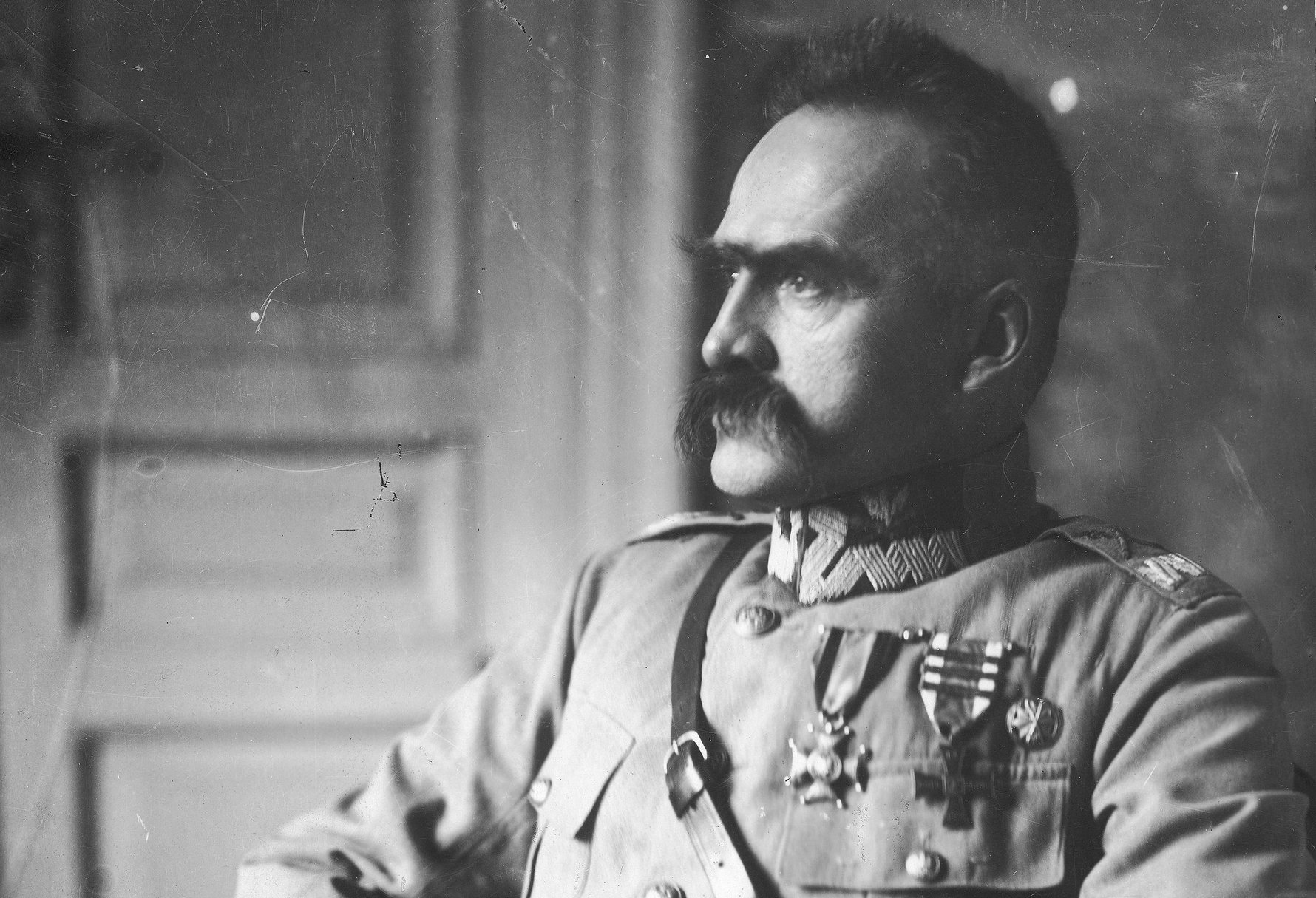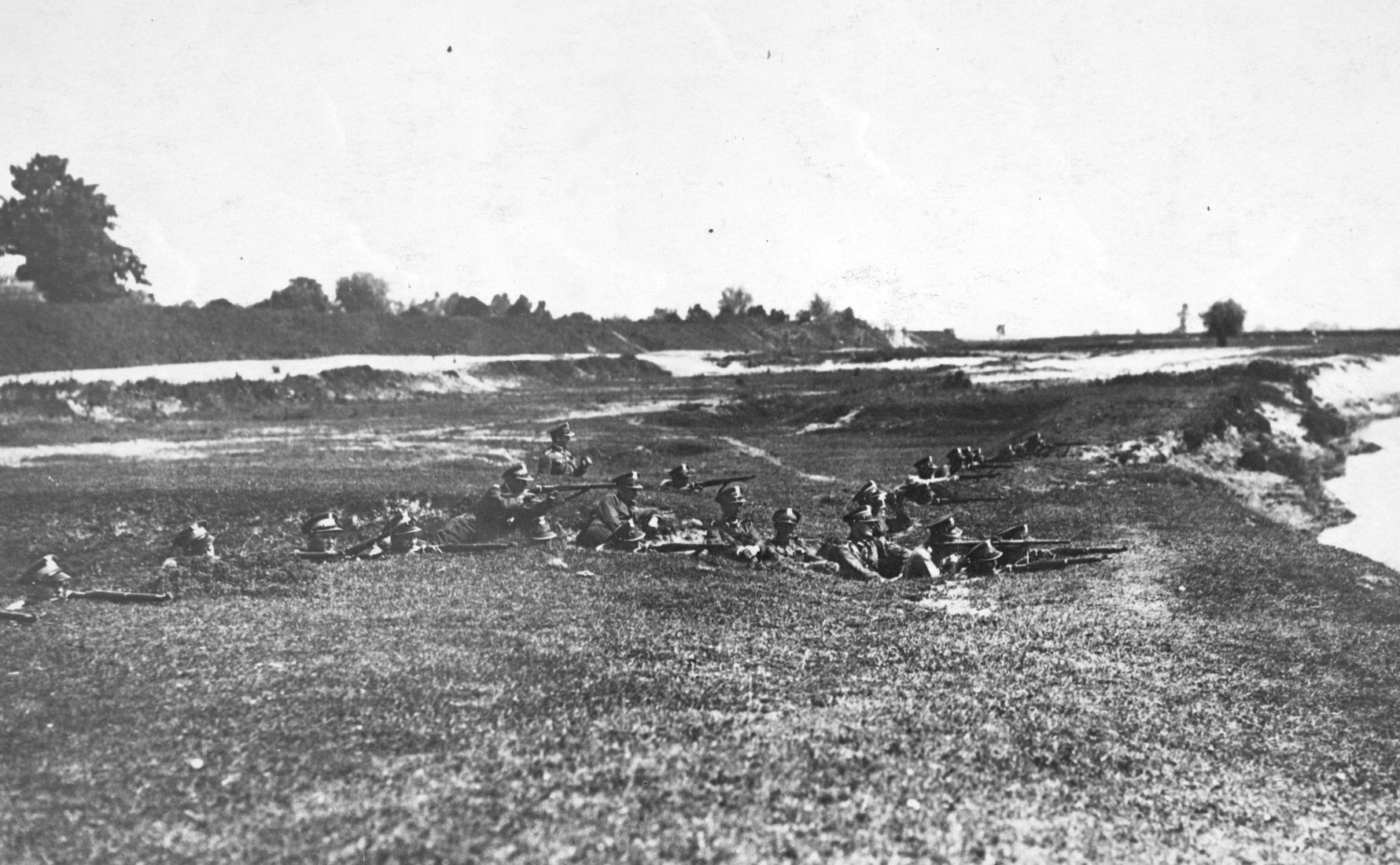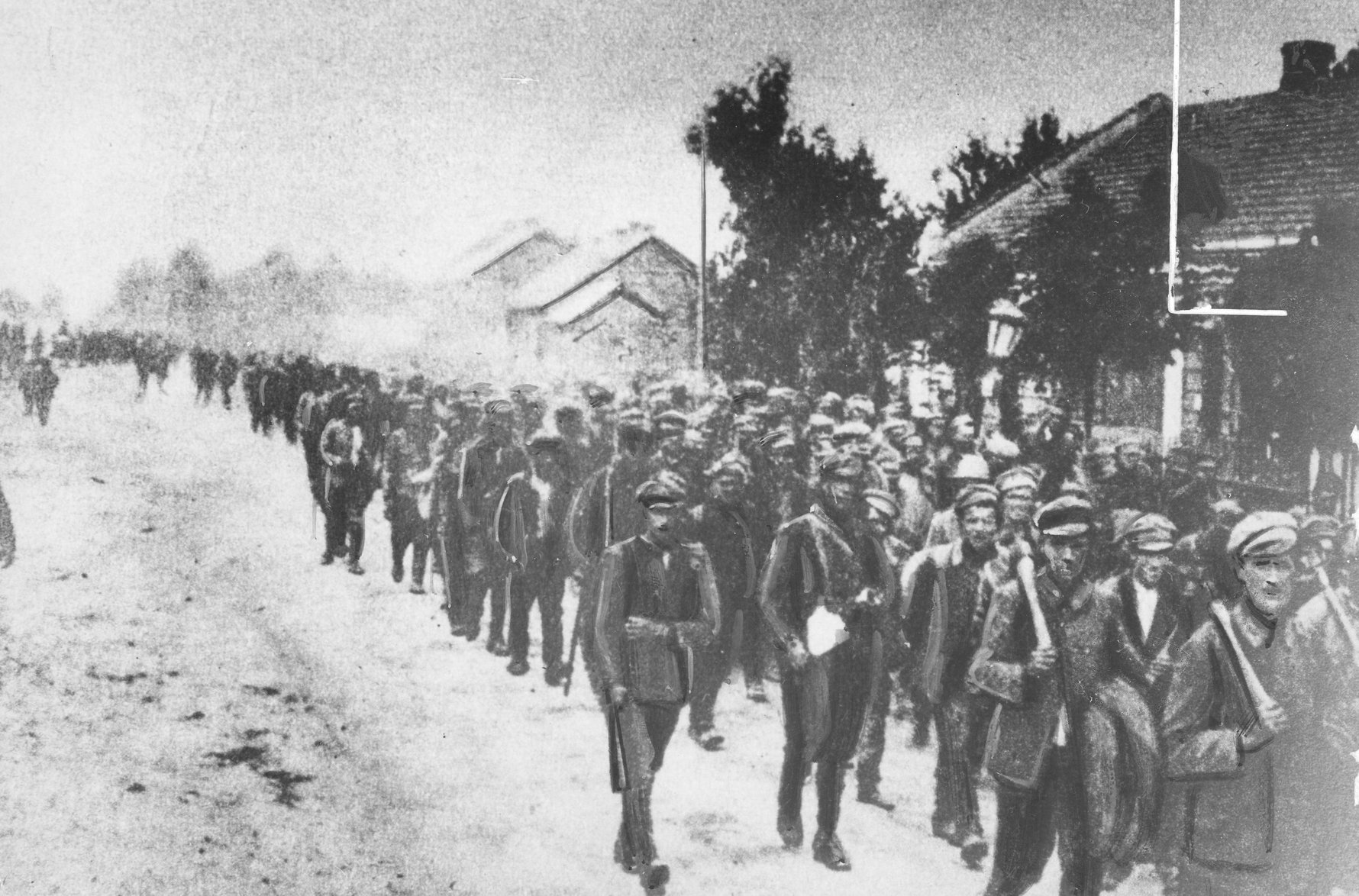Partitions and New Borders
In the year 1795, Poland had failed in its resistance against the major powers on its borders, leading to the country's partition between The Kingdom of Austria, Prussia, and the Russian Empire. Poland was completely erased from the world map for 123 years. In the space of 5 generations, you would expect anyone else to just give up and relinquish their statehood. But this is Poland we're talking about, and as the national anthem states: 'Poland is Not Yet Lost, So Long as we still live'
Europe would eventually see another major shake-up in the early 20th-century, specifically a little known event called The Great War, later known as World War One. As you may know, Germany and Austro-Hungary were on the losing side and Russia's participation was disrupted by the Bolshevik revolution. Polish resilience had finally paid off, and the 2nd Polish Republic finally emerged in 1919.
As German troops withdrew from the Eastern front in what is today Belarus and Ukraine, the Polish army led by Chief of State Jozef Piłsudski quickly mobilised to fill the vacuum and reclaim its former territories. But the Bolsheviks in Soviet Russia were not ready to give up their former territories so easily. Much more in fact - they were determined in its goal of spreading the communist revolution westward and, as it's often been in history, Poland is the bridge between east and west. Big Bolshevik Leon Trotsky mobilised the Red army to push back the Poles and concentrated all his forces towards the Polish capital of Warsaw. Thus began the Polish-Soviet War in 1919.

Piłsudksi was successful in capturing the city of Kiev on May 9th, while supporting the dwindling forces of the Ukrainian People's Republic. However, by mid-June the city was evacuated and Soviet forces rolled forward. Falling back from Belarusian territories in the north, Piłsudski used the retreat to reorganise and make preparations for the oncoming Russian offensive. He knew their objective was Warsaw, so that's where he'd meet them.
Preparations
Crossing over the Vistula in early August of 1920, he began fortifying bridge heads along the river. The Polish 5th Army was placed to the city's north, in and around Modlin Fortress. To Warsaw's east - the Polish 1st Army entrenched themselves as the city's last line of defence, that was to be held at all costs.
Leading the Russian offensive, Commander Mikhail Tukhachevsky. His core of his strategy was to encircle Warsaw from the northwest, the same way that Russian forces had done during the November Uprising of 1831! Simultaneously he would send the Russian 16th army to attack the city from the east while the 12th Army and 1st Cavalry would eventually breach Warsaw from the south. But Piłsudski was well aware of this, thanks to Polish cryptologists who had broken the Russian ciphers.
But regardless of the advantage, the Poles were going up against a far more advanced army with more experienced commanders. Józef Piłsudski was better known as a politician and had no formal military education. So the cynics and military observers predicted a decisive Soviet victory. A miracle would indeed be required!
An Unfavourable Start
And so the Battle of Warsaw began. On August 12, Tukhachevsky sent the Russian 16th Army to attack city's defences from the east, focusing their efforts on the town of Radzymin (just 30km north-east of Warsaw). At the same time, he concentrated the 3rd, 4th and 15th armies on the northern front to begin his surrounding maneuvre. For two straight days, fighting was fierce and almost without a pause. Radzymin changed hands several times but was eventually captured by the Red army on August 14, forcing the Polish 1st army back towards the Vistula and effectively breaking the line with the Polish 5th Army. This added more pressure to the northern defences, as they continued to resist attacks of three whole Russian armies. Things were not looking good. But as the name of this article would suggest, a miracle was about to take place!
A Miracle Takes Place!

depicting the breakthrough on the northwestern front.
It was now August 15th - the feast of the assumption in the Catholic religious calendar. As if motivated by a divine force, the Polish 5th Army pushed forward from their position and forced the Russian flank back away from the Vistula. The situation was finally turning in the Poles' favour.
Preparing for the counteroffensive, Piłsudski realised the gravity of the situation and handed in a letter of resignation from all state duties, so that the government would not be disrupted by his death. On August 16th, the Polish counteroffensive, with Piłsudski personally leading the 3rd Army north. They steamrolled over the measly defenses of the Mozyr Group, leaving the Russian flank completely exposed as well as cutting off communication and supply lines to the Russian 16th army. As confusion ensued, the Russian commander ordered a general fall-back and regroup but it was ineffective.
At this point, Tukhachevsky was still hoping the Russian 12th Army and the 1st Cavalry to advance on Warsaw from the southeast. But the commanding generals of these units had been in disagreement with Tukhachevsky's on his overall strategy and ultimately ignored their orders. The 1st Cavalry ultimately chose to ride on the city of Lwów (now a city in Ukraine), a maneuvre that was encouraged by a young prominent Bolshevik Jozef Stalin, who was seeking his own political gain. Without support from the Southwest, Tukhachevsky was left to face defeat on his own.

The Red Army's 'Enormous Defeat'
By August 18th, Russian forces had effectively been defeated, but it would take until August 21st for a full retreat from Warsaw to be issued. The Russian 4th Army, cut off from the main force, retreated into East Prussia, and all 35,000 soldiers were taken prisoner. But that was just the start. Total Russian losses during the engagement have been estimated at 126,000. That's compared to just 40,500 on the Polish side. Bolshevik leader Vladimir Lenin was quoted as calling the battle an 'enormous defeat', and with the Red Army in full retreat, Piłsudski was able to mobilise his troops again and eventually solidify the new republic's borders by March 1921.
Whether it was, good luck, divine intervention, poor discipline in Soviet leadership, talented Polish code breakers or an impromptu recital of the Book of Genesis in Morse code, Piłsudski had effectively stopped Soviet expansion into Western Europe. If Poland had not succeeded in halting the Soviet advance, it's very possible that world history would have taken a very different turn. It's unlikely that countries like Germany, Hungary and Romania would be able to hold out against the advancing Bolsheviks. Could a Bolshevik Germany have ever seen the rise of Fascism? Poland would be invaded again by Nazi Germany and the Soviet Union in 1939, but the question should be asked: Would there even be a Poland to conquer? and would a Polish defeat in 1920 be the last spark of resistance and the pursuit of self-determination? Because we at In Your Pocket can't fathom the idea of our favourite country not existing, we say 'when there's a will, there's a way'!



Comments